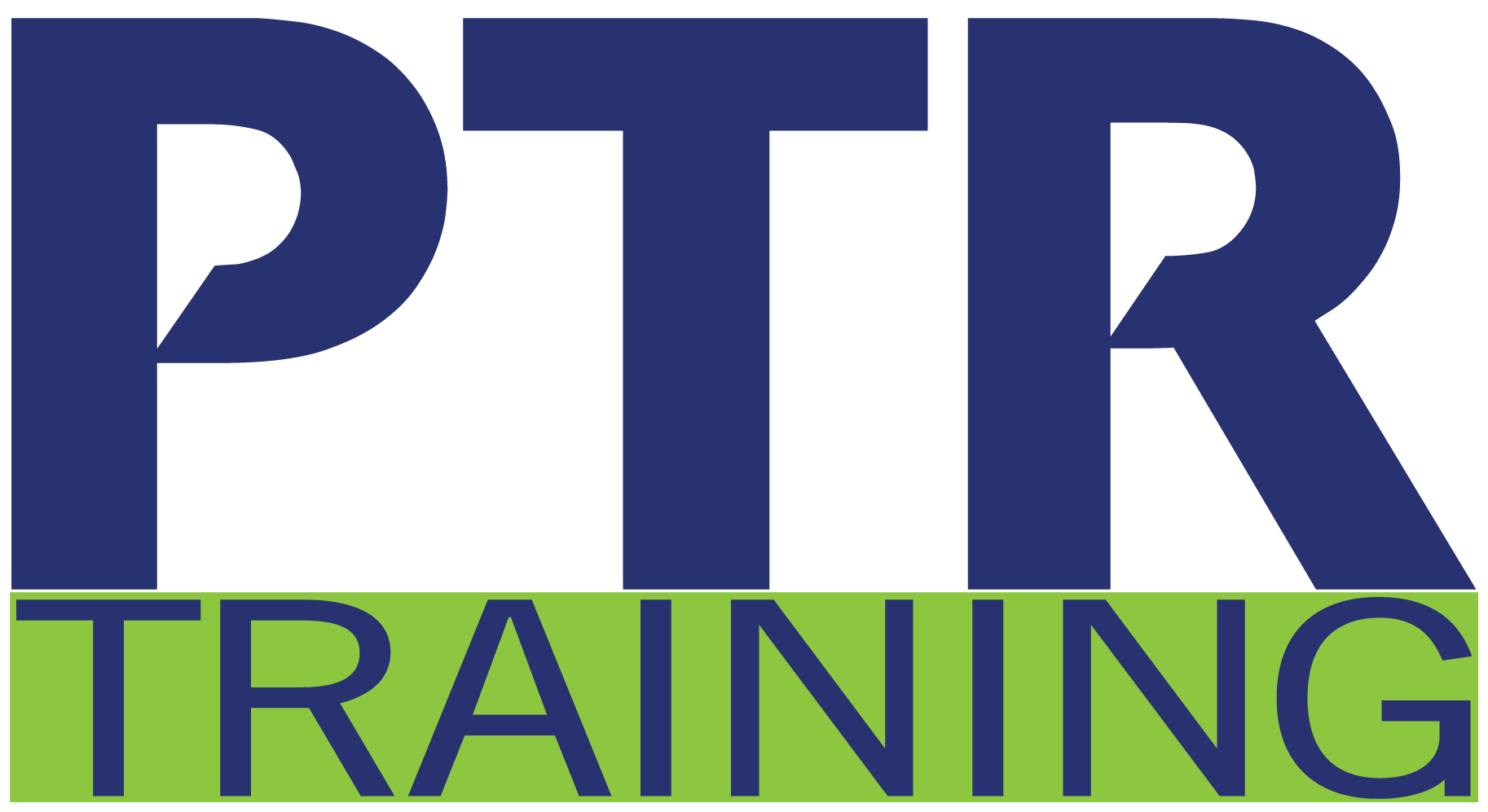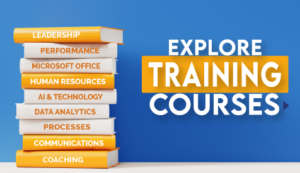
My 30 years of experience as a professional speaker and workshop leader have given me a unique perspective on traditional and modern decision-making methods. I have learned that encouraging diverse perspectives and allowing all to have a voice through shared decision-making contributes to better outcomes and cultivates a more trusting, respectful, and motivated workforce.
- Demonstrating Validation: Ensure both individuals understand the root cause of the conflict and have empathetically acknowledged and validated each other. Be sure to explain it—validating their feelings.
- Define the Decision Clearly: What exactly are we deciding? What are the parameters?
- Gather the Needed Information: Ensure everyone can access the same data and background information. Remember, the conflict has three stories: Your story, my story, and the third story – our shared truth.
- Create Different Resolution Scenarios: Encourage brainstorming and out-of-the-box thinking. A good prompt to start this discussion is: “How would you like this resolved?” or “What options do you see?”
- Evaluate Alternatives: You must be willing to compromise. Use agreed-upon criteria to assess each option objectively. Strive to meet both parties' top needs.
- Discuss the Plan Forward. Use language such as: “I agree with you.” or “We agree.” Intentionally call this out. This creates alignment and a feeling that participants are working together.
- Actions Speak Louder than Words. Discuss what actions to take immediately and then take those actions. Seeing the co-created plan implemented will help get buy-in from all participants.
Teams engaging in the shared decision-making process tend to be more innovative, adaptable, and cohesive. From my experience working with teams, I know they're better equipped to handle complex challenges and navigate uncertainty. Moreover, they build resilience and the trust necessary to handle future conflicts and decision-making scenarios. It's not just about making better decisions – building more robust, more resilient organizations that can thrive in the face of change and conflict.

While technical proficiency is essential, mastery of these hard skills distinguishes exceptional professionals. Continuously honing and demonstrating these competencies positions you as a versatile and indispensable asset, equipped to tackle industry challenges and adapt to evolving trends with confidence and expertise.
My 30 years of experience as a professional speaker and workshop leader have given me a unique perspective on traditional and modern decision-making methods. I have learned that encouraging diverse perspectives and allowing all to have a voice through shared decision-making contributes to better outcomes and cultivates a more trusting, respectful, and motivated workforce.
- Demonstrating Validation: Ensure both individuals understand the root cause of the conflict and have empathetically acknowledged and validated each other. Be sure to explain it—validating their feelings.
- Define the Decision Clearly: What exactly are we deciding? What are the parameters?
- Gather the Needed Information: Ensure everyone can access the same data and background information. Remember, the conflict has three stories: Your story, my story, and the third story – our shared truth.
- Create Different Resolution Scenarios: Encourage brainstorming and out-of-the-box thinking. A good prompt to start this discussion is: “How would you like this resolved?” or “What options do you see?”
- Evaluate Alternatives: You must be willing to compromise. Use agreed-upon criteria to assess each option objectively. Strive to meet both parties' top needs.
- Discuss the Plan Forward. Use language such as: “I agree with you.” or “We agree.” Intentionally call this out. This creates alignment and a feeling that participants are working together.
- Actions Speak Louder than Words. Discuss what actions to take immediately and then take those actions. Seeing the co-created plan implemented will help get buy-in from all participants.
Teams engaging in the shared decision-making process tend to be more innovative, adaptable, and cohesive. From my experience working with teams, I know they're better equipped to handle complex challenges and navigate uncertainty. Moreover, they build resilience and the trust necessary to handle future conflicts and decision-making scenarios. It's not just about making better decisions – building more robust, more resilient organizations that can thrive in the face of change and conflict.










